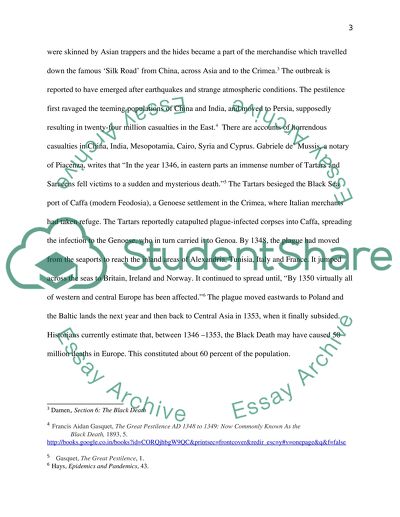Cite this document
(“The Black Death in the Middle Ages Research Paper”, n.d.)
Retrieved from https://studentshare.org/history/1474061-the-black-death-in-the-middle-ages
Retrieved from https://studentshare.org/history/1474061-the-black-death-in-the-middle-ages
(The Black Death in the Middle Ages Research Paper)
https://studentshare.org/history/1474061-the-black-death-in-the-middle-ages.
https://studentshare.org/history/1474061-the-black-death-in-the-middle-ages.
“The Black Death in the Middle Ages Research Paper”, n.d. https://studentshare.org/history/1474061-the-black-death-in-the-middle-ages.


